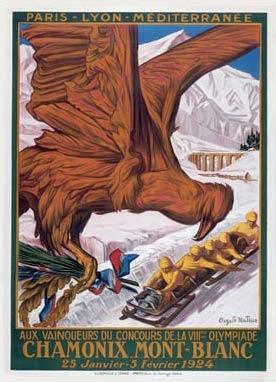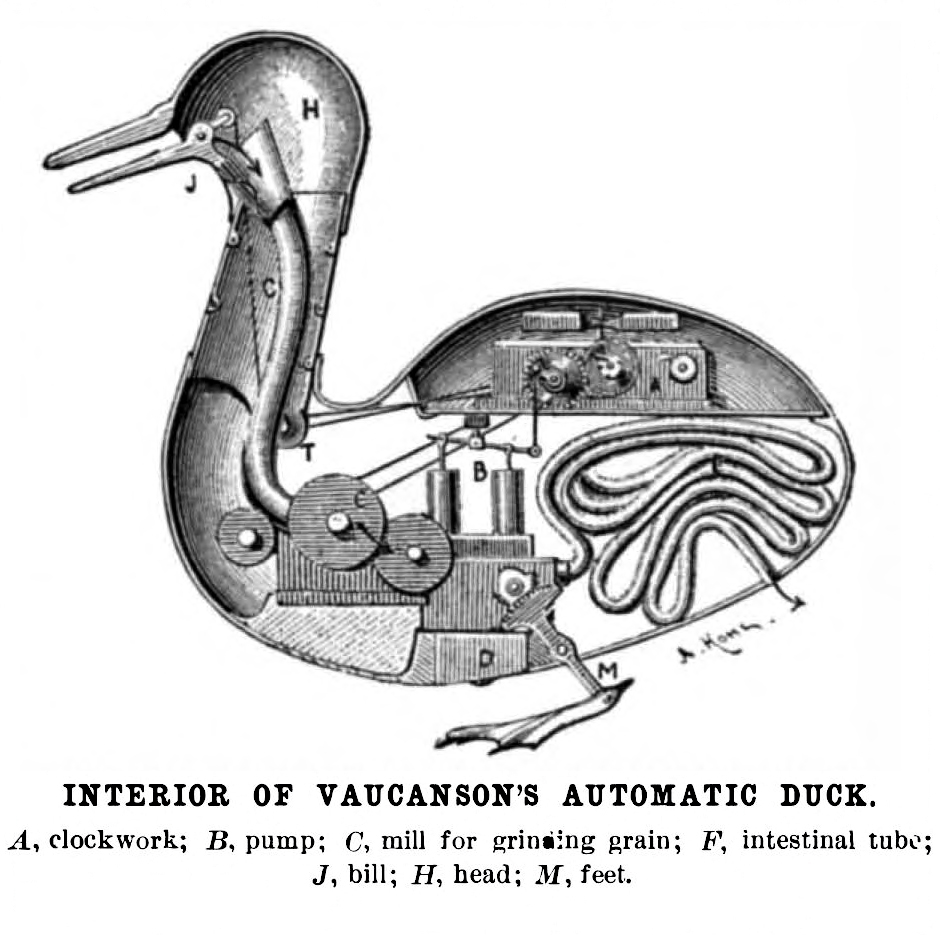|
Wilhelm Roux
Wilhelm Roux (9 June 1850 – 15 September 1924) was a German zoologist and pioneer of experimental embryology. Early life Roux was born and educated in Jena, German Confederation where he attended university and studied under Ernst Haeckel. He also attended university in Berlin and Strasbourg and studied under Gustav Albert Schwalbe, Friedrich Daniel von Recklinghausen, and Rudolf Virchow. Although he was trained as a clinical doctor, he spent his career in experimental biology. His doctoral thesis on the embryological development of blood vessels was a seminal early study in biophysical modelling, a milestone in the study of the cardiovascular system. Career and research For ten years Roux worked in Breslau (now Wrocław), becoming director of his own Institute of Embryology in 1879. He was professor at Innsbruck, Austria from 1889 to 1895, then accepted a professorial chair at the Anatomical Institute of the University of Halle, a post he retained until 1921. Roux's research ... [...More Info...] [...Related Items...] OR: [Wikipedia] [Google] [Baidu] |
Jena
Jena (; ) is a List of cities and towns in Germany, city in Germany and the second largest city in Thuringia. Together with the nearby cities of Erfurt and Weimar, it forms the central metropolitan area of Thuringia with approximately 500,000 inhabitants, while the city itself has a population of about 110,000. Jena is a centre of education and research. The University of Jena (formally the Friedrich Schiller University) was founded in 1558 and had 18,000 students in 2017 and the Ernst-Abbe-Hochschule Jena serves another 5,000 students. Furthermore, there are many institutes of the leading German research societies. Jena was first mentioned in 1182 and stayed a small town until the 19th century, when industry developed. For most of the 20th century, Jena was a world centre of the optical industry around companies such as Carl Zeiss AG, Carl Zeiss, Schott AG, Schott and Jenoptik (since 1990). As one of only a few medium-sized cities in Germany, it has some high-rise buildings in t ... [...More Info...] [...Related Items...] OR: [Wikipedia] [Google] [Baidu] |
Saline Solution
Saline (also known as saline solution) is a mixture of sodium chloride (salt) and water. It has a number of uses in medicine including cleaning wounds, removal and storage of contact lenses, and help with dry eyes. By injection into a vein, it is used to treat hypovolemia such as that from gastroenteritis and diabetic ketoacidosis. Large amounts may result in fluid overload, swelling, acidosis, and high blood sodium. In those with long-standing low blood sodium, excessive use may result in osmotic demyelination syndrome. Saline is in the crystalloid family of medications. It is most commonly used as a sterile 9 g of salt per litre (0.9%) solution, known as ''normal saline''. Higher and lower concentrations may also occasionally be used. Saline is acidic, with a pH of 5.5 (due mainly to dissolved carbon dioxide). The medical use of saline began around 1831. It is on the World Health Organization's List of Essential Medicines. In 2022, sodium salts was the 216th mo ... [...More Info...] [...Related Items...] OR: [Wikipedia] [Google] [Baidu] |
1924 Deaths
Events January * January 12 – Gopinath Saha shoots Ernest Day, whom he has mistaken for Sir Charles Tegart, the police commissioner of Calcutta, and is arrested soon after. * January 20–January 30, 30 – Kuomintang in China holds its 1st National Congress of the Kuomintang, first National Congress, initiating a policy of alliance with the Soviet Union and the Chinese Communist Party. * January 21 – Alexander Cambridge, 1st Earl of Athlone, The Earl of Athlone is appointed Governor-General of the Union of South Africa, and High Commissioner for Southern Africa.Archontology.org: A Guide for Study of Historical Offices: South Africa: Governors-General: 1910-1961 (Accessed on 14 April 2017) * January 22 – R ... [...More Info...] [...Related Items...] OR: [Wikipedia] [Google] [Baidu] |
1850 Births
Events January–March * January 29 – Henry Clay introduces the Compromise of 1850 to the United States Congress. * January 31 – The University of Rochester is founded in Rochester, New York. * January – Sacramento floods. * February 28 – The University of Utah opens in Salt Lake City. * March 5 – The Britannia Bridge opens over the Menai Strait in Wales. * March 7 – United States Senator Daniel Webster gives his "Seventh of March" speech, in which he endorses the Compromise of 1850, in order to prevent a possible civil war. * March 16 – Nathaniel Hawthorne's historical novel '' The Scarlet Letter'' is published in Boston, Massachusetts. * March 19 – American Express is founded by Henry Wells and William Fargo. * March 31 – The paddle steamer , bound from Cork to London, is wrecked in the English Channel with the loss of all 250 on board. April–June * April 4 – Los Angeles is incorp ... [...More Info...] [...Related Items...] OR: [Wikipedia] [Google] [Baidu] |
Cell Culture
Cell culture or tissue culture is the process by which cell (biology), cells are grown under controlled conditions, generally outside of their natural environment. After cells of interest have been Cell isolation, isolated from living tissue, they can subsequently be maintained under carefully controlled conditions. They need to be kept at body temperature (37 °C) in an incubator. These conditions vary for each cell type, but generally consist of a suitable vessel with a substrate or rich growth medium, medium that supplies the essential nutrients (amino acids, carbohydrates, vitamins, minerals), growth factors, hormones, and gases (Carbon dioxide, CO2, Oxygen, O2), and regulates the physio-chemical environment (Buffer solution, pH buffer, osmotic pressure, temperature). Most cells require a surface or an artificial substrate to form an adherent culture as a monolayer (one single-cell thick), whereas others can be grown free floating in a medium as a suspension culture. T ... [...More Info...] [...Related Items...] OR: [Wikipedia] [Google] [Baidu] |
American Association For Anatomy
The American Association for Anatomy (AAA), is an international scientific society of Biomedical research, biomedical researchers and educators committed to advancing anatomical science through research, education, and professional development. Headquartered in Rockville, Maryland, the association was established in 1888 in Washington, D.C., as the Association of American Anatomists to promote the "advancement of anatomical science." It was renamed in 1908 as the American Association of Anatomists, before adopting its current name in 2019 to reflect the evolving scope of anatomical science and its interdisciplinary reach. AAA's membership comprises professionals specializing in the structural and functional foundations of health and disease. Its members play a central role in educating students in the health professions, particularly during their foundational training. In addition to teaching, AAA members conduct research in a broad range of fields, including Medical imaging, im ... [...More Info...] [...Related Items...] OR: [Wikipedia] [Google] [Baidu] |
Reductionism
Reductionism is any of several related philosophical ideas regarding the associations between phenomena which can be described in terms of simpler or more fundamental phenomena. It is also described as an intellectual and philosophical position that interprets a complex system as the sum of its parts. Reductionism tends to focus on the small, predictable details of a system and is often associated with various philosophies like emergence, materialism, and determinism. Definitions ''The Oxford Companion to Philosophy'' suggests that reductionism is "one of the most used and abused terms in the philosophical lexicon" and suggests a three-part division: # Ontological reductionism: a belief that the whole of reality consists of a minimal number of parts. # Methodological reductionism: the scientific attempt to provide an explanation in terms of ever-smaller entities. # Theory reductionism: the suggestion that a newer theory does not replace or absorb an older one, but reduces it ... [...More Info...] [...Related Items...] OR: [Wikipedia] [Google] [Baidu] |
Hans Spemann
Hans Spemann (; 27 June 1869 – 9 September 1941) was a German embryologist who was awarded a Nobel Prize in Physiology or Medicine in 1935 for his student Hilde Mangold's discovery of the effect now known as embryonic induction, an influence, exercised by various parts of the embryo, that directs the development of groups of cells into particular tissues and organs, one of the first steps towards cloning. Spemann added his name as an author to Hilde Mangold's dissertation (although she objected) and won a Nobel Prize for her work. Biography Hans Spemann was born in Stuttgart, the eldest son of publisher Wilhelm Spemann and his wife Lisinka, née Hoffman. After he left school in 1888 he spent a year in his father's business, then, in 1889–1890, he did military service in the Kassel Hussars followed by a short time as a bookseller in Hamburg. In 1891 he entered the University of Heidelberg where he studied medicine, taking his preliminary examination in 1893. There he met th ... [...More Info...] [...Related Items...] OR: [Wikipedia] [Google] [Baidu] |
Hans Driesch
Hans Adolf Eduard Driesch (28 October 1867 – 17 April 1941) was a German biologist and philosopher from Bad Kreuznach. He is most noted for his early experimental work in embryology and for his neo-vitalist philosophy of entelechy. He has also been credited with performing the first artificial 'cloning' of an animal in the 1880s, although this claim is dependent on how one defines cloning. Early years Driesch was educated at the Gelehrtenschule des Johanneums. He began to study medicine in 1886 under August Weismann at the University of Freiburg. In 1887 he attended the University of Jena under Ernst Haeckel, Oscar Hertwig and Christian Ernst Stahl. In 1888 he studied physics and chemistry at the University of Munich. He received his doctorate in 1889. He travelled widely on field and study trips and lecture-tours, visiting Plymouth, India, Zurich and Leipzig where, in 1894, he published his ''Analytische Theorie der organischen Entwicklung'' or ''Analytic Theory of Organic De ... [...More Info...] [...Related Items...] OR: [Wikipedia] [Google] [Baidu] |
Epigenesis (biology)
In biology, epigenesis (or, in contrast to preformationism, neoformationism) is the process by which plants, animals and fungi develop from a seed, spore or egg through a sequence of steps in which cells differentiate and organs form. Aristotle first published the theory of epigenesis in his book ''On the Generation of Animals.'' Although epigenesis appears to be an obvious fact in today's genetic age, historically, creationist theories of life's origins hindered its acceptance. However, during the late 18th century an extended and controversial debate among biologists finally led epigenesis to eclipse the long-established preformationist view.Conference, Abstracts of papers presented. The embryologist Caspar Friedrich Wolff refuted preformationism in 1759 in favor of epigenesis, but this did not put an end to preformationism. See also * Epigenetics * Epigenesis (other) References External links Aristotle: ''On the Generation of Animals The ''Generation ... [...More Info...] [...Related Items...] OR: [Wikipedia] [Google] [Baidu] |
Mosaic (genetics)
Mosaicism or genetic mosaicism is a condition in which a multicellular organism possesses more than one genetic line as the result of genetic mutation. This means that various genetic lines resulted from a single fertilized egg. Mosaicism is one of several possible causes of chimerism, wherein a single organism is composed of cells with more than one distinct genotype. Genetic mosaicism can result from many different mechanisms including chromosome nondisjunction, anaphase lag, and endoreplication. Anaphase lagging is the most common way by which mosaicism arises in the preimplantation embryo. Mosaicism can also result from a mutation in one cell during development, in which case the mutation will be passed on only to its daughter cells (and will be present only in certain adult cells). Somatic mosaicism is not generally inheritable as it does not generally affect germ cells. History In 1929, Alfred Sturtevant studied mosaicism in '' Drosophila'', a genus of fruit f ... [...More Info...] [...Related Items...] OR: [Wikipedia] [Google] [Baidu] |







